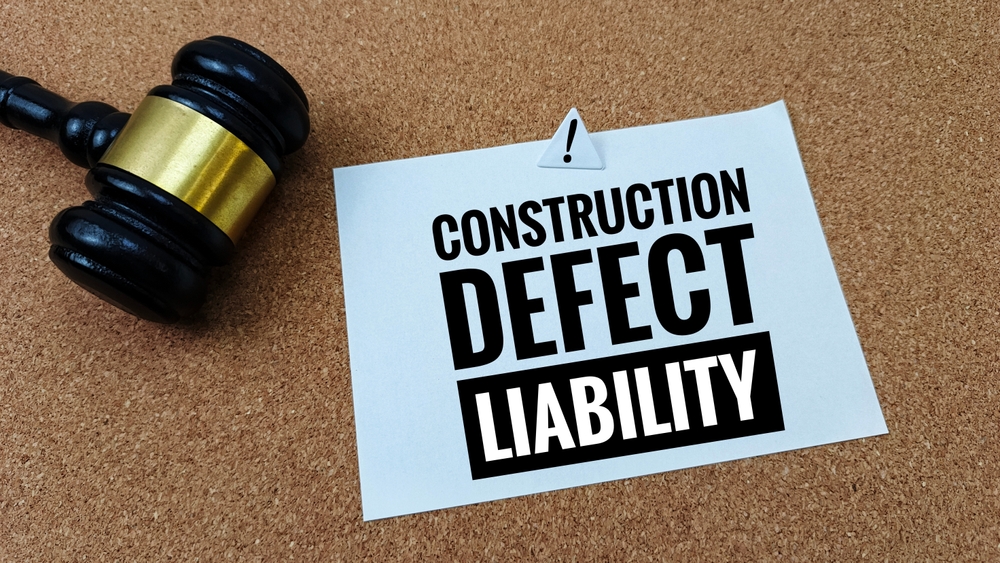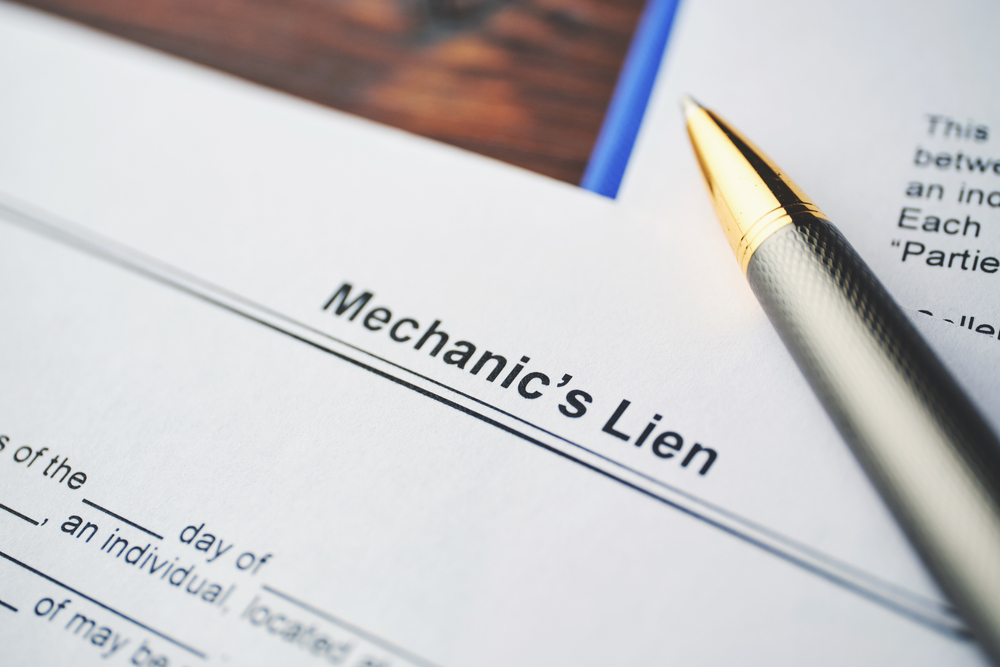
Have you ever wondered why liens work? Mechanic’s and Materialmen’s Liens originated in the U.S. by statue. The first lien law was passed in the state of Maryland, in 1791, in order to enable the “master builders to secure a lien on houses erected and land occupied.” Other states eventually followed suit by enacting laws allowing for mechanics and materialmen’s liens in order encourage building and growth.
The Mechanic’s and Materialmen’s lien appeared in Texas almost fifty years later, in 1839. Congress passed a statute providing for the following:
“A contractor erecting a building in an incorporated city or town under a written contract with the owner is given a lien on the building and the land on which it was situated, provided he recorded his contract within thirty days after its making.”
In 1844, Congress passed more measures allowing subcontractors to secure a mechanics and materialman’s lien. The 1844 act allowed unpaid subcontractors performing work on a written contract to deliver an account of the value of his work or materials to the owner. This would then require the owner to retain from the funds due to the contractor a sufficient amount to pay the subcontractor’s account. Further, the owner was required to furnish a copy of the account to his contractor. If the contractor failed to dispute the subcontractor’s claim within ten days, the owner would then be required to deliver the funds he withheld to pay the subcontractor’s claim. However, if the owner paid the contractor in advance, then he was liable to the subcontractor for any loss as a result of that premature payment.
Coupled with the act in 1839, these statutes influenced the Texas lien laws that we know today.
The Texas Constitution provides that: “mechanics artisans, and materialmen, of every class, shall have a lien upon the building and articles made or repaired by them for the value of labor, or materials furnished; and the legislature shall provide by law for the speedy and efficient recovery of said liens.” A lien is a sworn legal document that can be used as a way to guarantee payment.
According to the Texas Property Code, any person who labors and specially fabricates material for construction or repair is entitled to a lien. The basic purpose of the lien is to secure the interest of a general contractor, subcontractor, laborer, or material supplier who has not been paid for labor or materials provided for the improvement of a property. The liens secure payment for those that furnish labor or materials in connection with the construction of real property to the extent of the increased value of those improvements to the owner’s property.
Repairs or construction can be to a house, building, or improvement, a levee, embankment, or a railroad. These provisions of the property code cover subcontractors and other persons who provided labor or materials for the improvement of property. For example, an architect, engineer or a surveyor who prepares actual or planned improvements to real property is also entitled to a lien. Generally, there are 3 parties who are allowed to file liens:
Depend on the legal team at The Cromeens Law Firm for your lien and collection needs.
For those in the construction business, a Mechanics and Materialmen’s lien is often an effective, cost friendly way to guarantee you are paid. A Mechanics and Materialmen’s lien takes an unsecured debt and secures it. It is essentially the difference between having credit card debt versus a mortgage. Liens are filed in the real property records against the property where labor and/or material were furnished. The property receiving the benefit of the labor and/or materials used to improve it becomes encumbered.
A mechanic’s and materialmen’s lien acts similar to an involuntary mortgage. In other words, having a mechanic’s and materialmen’s lien gives a contractor or subcontractor leverage for collecting on amounts still due and unpaid. With the lien also comes the threat of foreclosure. As a lien holder you have the right to file suit to foreclose on your lien. Most of the time, property owners would prefer to pay the debt rather than risk a suit to foreclose on the lien.
Furthermore, in the case of subcontractors, Texas lien laws allow those who have not received payment from the general contractor to cut out the middle man. The Texas legislature has designed the law in a way that allows subcontractors to go after the owner directly (via the liened property) instead of chasing down an original contractor who has not paid.
A lien filed by a subcontractor (that is properly filed and meets all of the notice requirements) secures the debt against the owner’s property. If the owner receives a notice letter from the subcontractor that he has not been paid by GC, the claimant has “trapped” those funds and the owner may withhold payment to the GC in an amount sufficient to cover the claim for which he received notice.
According to the Texas Property Code, for the duration of a construction project, and for 30 days after the work is completed, an owner must retain either 10 percent of the contract price or 10 percent of the value of the work (Retained Funds). The Retained Funds secure the payment of subcontractors and others who provided material, labor and service for any contractor, subcontractor, agent or receiver in the performance of the work. If an owner fails to retain the 10 percent, an owner may become personally liable to the subcontractor, despite payment to the GC. By sending proper notice, you are putting the owner on notice that you have not been paid.
The Cromeens Law Firm specializes in working with the construction industry assisting many companies file and collect on liens. If you require legal assistance, schedule a consultation—we are happy to help you.
This article is intended as a general educational overview of the subject matter and is not intended to be a comprehensive survey of recent jurisprudence, nor a substitute for legal advice for a specific legal matter. If you have a legal issue, please consult an attorney.
Karalynn Cromeens is the Owner and Managing Partner of The Cromeens Law Firm, PLLC, with over 17 years of experience in construction, real estate, and business law. A published author and passionate advocate for contractors, she has dedicated her career to protecting the businesses her clients have built. Karalynn is on a mission to educate subcontractors on their legal rights, which inspired her books Quit Getting Screwed and Quit Getting Stiffed, as well as her podcast and The Subcontractor Institute.

